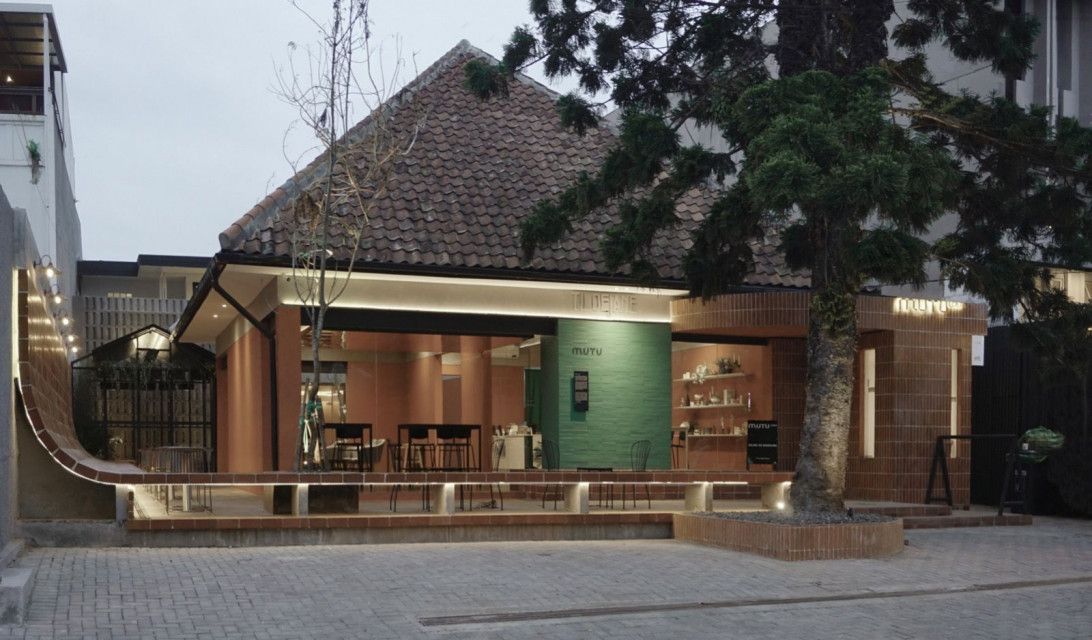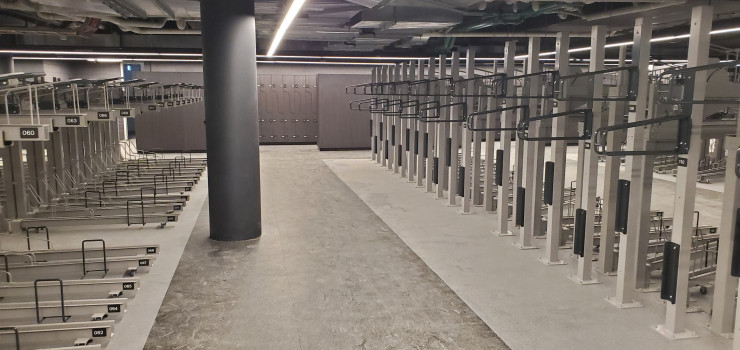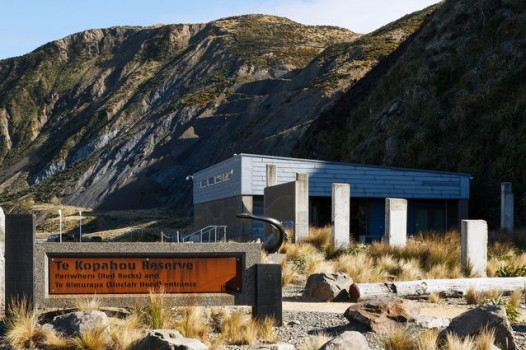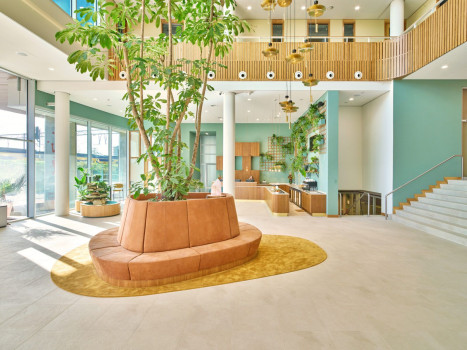Mutu Loka Café Interprets ‘Reconstructing the Destructed’



Established in 2022, Mutu Loka existence has taken part in honouring the progression of Cilaki 33 in juxtaposing a narrative of obsolete among contemporary lifestyle. Due to the early 2020s pandemic, people started to acknowledge the presence of open space in communal space. The historical core lies in the main building located at the front area where ‘Tiloejane’ was previously sculpted to mark the identity of Cilaki 33.
The site came with several building masses. The original building was formed by a 30 cm-thick wall without any supporting reinforced concrete column or beam. The other building masses spread organically topping one another due to different activities required by different owners, creating disorganized layout functions and leaving many site problems ranging from structural to maintenance issues.
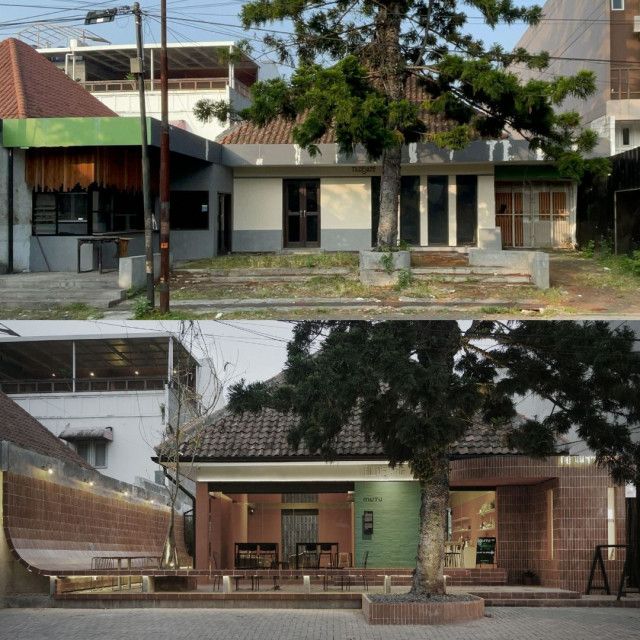
The beauty of the original building remained unseen due to the disarranged layers of additional buildings. Thus, the finding has led to a decision of demolishing ineffective additional parts from the main existing building, restoring the original building while exposing deconstructed bricks as the narrative point of ‘Tiloejane’ story, as seen on the left side of the building with its slanted fort walls made of bricks; reconstructing the destructed.
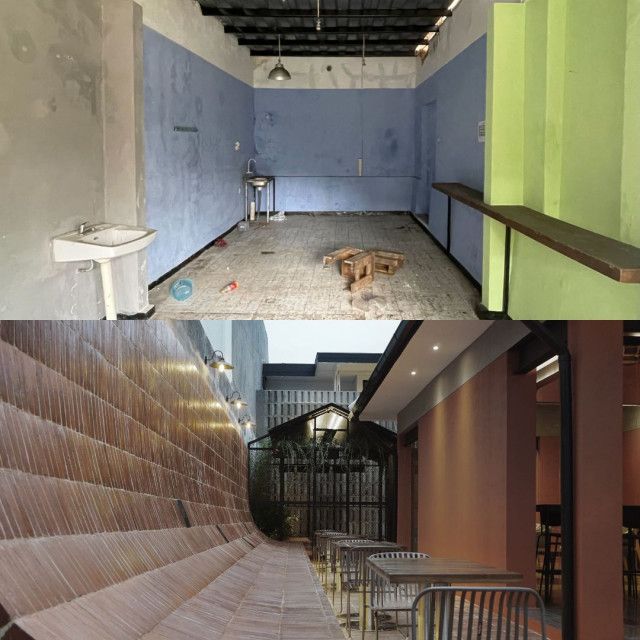
The demolition aims to reopen closed spaces by specifically injecting some exposed H-beams to alter the quality of the existing space, resulting in a more spacious indoor area. These astonishing findings require impeccable and quick treatment during the construction process.
.jpg)
Industrial style is denoted through the dominant appearance of steel, exposed materials, and exposed utilities, resulting in exposed, neatly arranged installations that also functionally allows easier maintenance process. The development of industrial style core elements can vary, hence the additional elements exploration has many derivatives.

While conserving the main atmosphere in the industrial concept, some developments are made to look onto opportunities of each design and relevancy in the targeted market. Developing the brand objectives to cater the needs of tranquil public space like café in a post-pandemic era, the ratio of outdoor, indoor, and semi-outdoor seating area has been spread evenly to cater various activities within one place.

Interpreting ‘reconstructing the destructed’, exploration in brick materials was approached through different treatments in each section. In order to create a focal point around the outdoor dining area, the ideas of deconstructed exposed bricks arrangement emerged based upon visitors' habits in Bandung, forming an ergonomic-angled curve to create a comfortable experience for visitors to lie down, relax and enjoy the weather during day and night time.
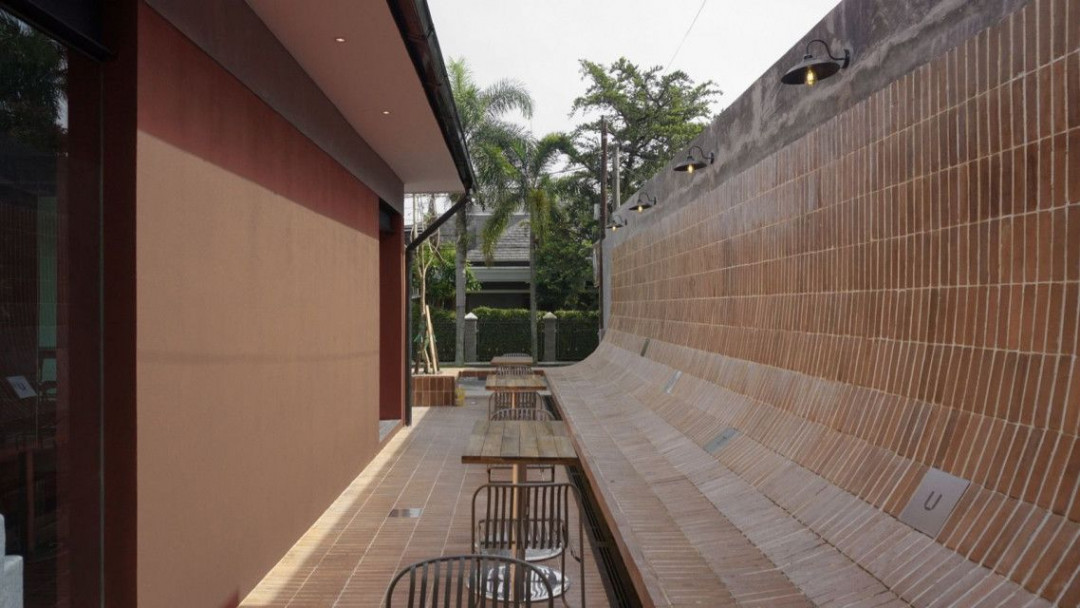
Another approach was applied to the interior area of the main building. Exploration was started by finding a complementary colour to the dominant terracotta brick colour. Amazon green colour is chosen to enhance the pop colour in the building façade, as the café visitors are mostly young.

In finding the best flooring maintenance of the main building where the bar is located, existing vintage ceramic tiles covered by newer tiles were found. In order to preserve these rare materials, the newer ceramic tiles were dismantled to enhance the beauty of the rare vintage ceramic tiles.




 Indonesia
Indonesia
 Australia
Australia
 Philippines
Philippines
 Hongkong
Hongkong
 Singapore
Singapore
 Malaysia
Malaysia


